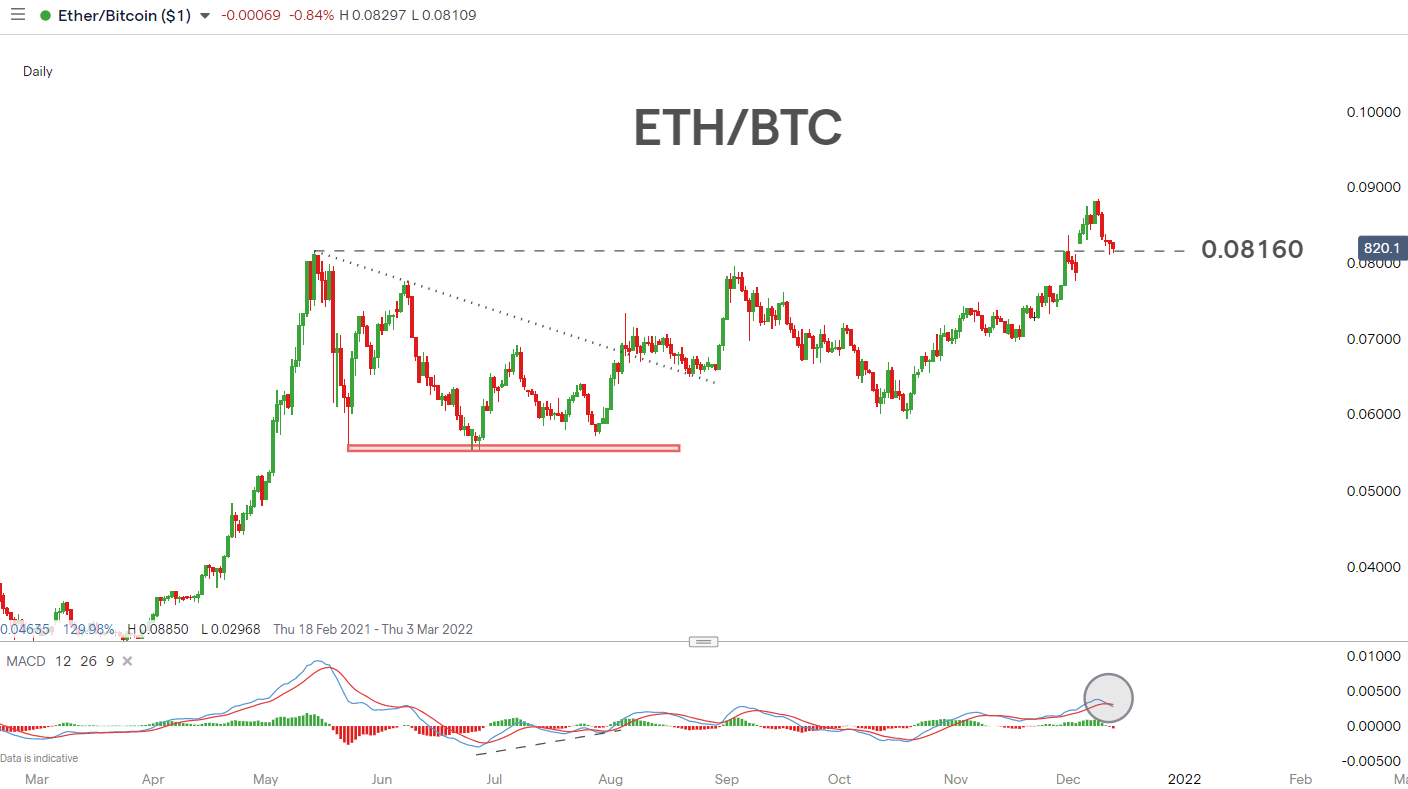Crypto And Ethereum Unraveling The Digital Future
Beginning with crypto and ethereum, the narrative unfolds in a compelling and distinctive manner, drawing readers into a story that promises to be both engaging and uniquely memorable.
Cryptocurrency has emerged as a pivotal force in the modern financial landscape, revolutionizing how we perceive money and transactions. From its humble beginnings with Bitcoin to the multifaceted ecosystem of Ethereum, this digital currency phenomenon not only reflects technological innovation but also reshapes traditional economic structures.
Introduction to Cryptocurrency
Cryptocurrency has emerged as a revolutionary form of digital currency that operates independently of a central authority. Its significance in the modern financial landscape is profound, providing a decentralized and secure means of conducting transactions. The rise of cryptocurrency is not just a trend but a fundamental shift in how we perceive and engage with money.The history of cryptocurrency dates back to the creation of Bitcoin in 2009 by the mysterious figure Satoshi Nakamoto.
This groundbreaking innovation laid the foundation for numerous other cryptocurrencies. Key figures in the evolution of cryptocurrency include developers like Vitalik Buterin, who played a pivotal role in the inception of Ethereum, and others who have contributed to various altcoins that cater to diverse market needs. Today, the market hosts thousands of cryptocurrencies, each with unique features and purposes. Notable examples include Bitcoin, Ethereum, Ripple, and Litecoin, highlighting the diversity and potential of this digital asset class.
Overview of Ethereum
Ethereum, proposed by Vitalik Buterin in late 2013 and officially launched in 2015, has transformed the cryptocurrency landscape with its unique capabilities. Unlike Bitcoin, which primarily serves as a digital currency, Ethereum functions as a platform that enables developers to build decentralized applications (dApps) through smart contracts. These contracts automate and enforce agreements without any intermediary, showcasing the innovative potential of blockchain technology.Ethereum's ability to facilitate complex transactions and applications sets it apart from its predecessor.
Smart contracts and the decentralized nature of Ethereum allow for a wide range of applications beyond currency, including supply chain management, decentralized finance (DeFi), and even gaming.
The Technology Behind Ethereum
The underlying technology of Ethereum is based on blockchain, a distributed ledger that ensures transparency and security of transactions. Ethereum employs a consensus mechanism known as Proof of Stake (PoS) to validate transactions and secure the network, a shift from the previously used Proof of Work (PoW) system. This transition aims to enhance efficiency and reduce energy consumption.The Ethereum Virtual Machine (EVM) plays a crucial role in executing smart contracts and dApps, providing a runtime environment that allows developers to deploy their solutions on the Ethereum blockchain.
Gas fees are an essential component of the Ethereum network, serving as the transaction cost required to execute operations. These fees can significantly impact user experience, especially during times of high demand, as they fluctuate based on network activity.
Use Cases of Ethereum

Ethereum's versatile platform has given rise to numerous real-world applications, shaping various sectors. Some prominent use cases include:
- Decentralized Finance (DeFi): Ethereum is the backbone of DeFi, enabling users to lend, borrow, and trade assets without traditional intermediaries.
- Non-Fungible Tokens (NFTs): The Ethereum blockchain supports the creation and transfer of NFTs, digital assets that represent ownership of unique items or content.
- Supply Chain Management: Companies are leveraging Ethereum to enhance transparency and traceability in their supply chains.
- Gaming: Ethereum is home to numerous blockchain-based games, allowing players to truly own in-game assets.
- Identity Verification: Ethereum can facilitate secure identity verification processes, reducing fraud and enhancing privacy.
Investing in Ethereum
Several factors influence the price of Ethereum, including market trends, technological advancements, and regulatory developments. Compared to other cryptocurrencies, Ethereum's price movements can be more volatile due to its broader use cases and adoption rates. Investing strategies in Ethereum often vary between long-term holding and active trading. Long-term investors typically focus on the platform's potential for growth, while traders might capitalize on short-term price fluctuations.
To ensure the security of Ethereum assets, it is crucial to employ best practices in storage and management, such as using hardware wallets and enabling two-factor authentication.
Future of Ethereum
The Ethereum 2.0 upgrade, a significant transition from PoW to PoS, is expected to enhance scalability, security, and energy efficiency. This upgrade aims to address some challenges Ethereum faces, such as network congestion and high gas fees. As Ethereum continues to attract more users and applications, it may encounter various hurdles, including regulatory scrutiny and competition from other blockchains. Future trends suggest that Ethereum will play a central role in the development of Web3.0, influencing how we interact with digital assets and decentralized applications.
Regulatory Environment

The regulatory landscape for cryptocurrencies, including Ethereum, is rapidly evolving. Different countries are adopting varying approaches to regulation, which can significantly impact users and investors. For instance, some jurisdictions have embraced cryptocurrencies, providing a favorable environment for innovation, while others have imposed strict regulations that may hinder growth.Key legal challenges Ethereum faces include compliance with securities laws, taxation issues, and potential restrictions on decentralized applications.
As regulators continue to assess the implications of cryptocurrency, the outcomes will shape the future of Ethereum and its ecosystem.
Community and Ecosystem

The development and governance of Ethereum heavily rely on its vibrant community. This community actively contributes to its growth through various initiatives and discussions. Ethereum Improvement Proposals (EIPs) represent a crucial mechanism through which community members can suggest improvements or changes to the protocol, influencing its evolution.Prominent projects and organizations within the Ethereum ecosystem have emerged, focusing on diverse applications that leverage Ethereum's capabilities.
These collaborations and innovations continue to foster a dynamic environment, ensuring Ethereum remains at the forefront of the cryptocurrency landscape.
Outcome Summary
In summary, as we explore the intricate world of crypto and ethereum, it becomes evident that their influence extends far beyond mere investments. With advancements like Ethereum 2.0 on the horizon and numerous applications across various sectors, the future looks bright for both cryptocurrencies and their users.
Detailed FAQs
What is cryptocurrency?
Cryptocurrency is a digital or virtual form of currency that uses cryptography for security, making it difficult to counterfeit.
How does Ethereum differ from Bitcoin?
While Bitcoin serves primarily as a digital currency, Ethereum also enables smart contracts and decentralized applications, expanding its use beyond simple transactions.
What are gas fees in Ethereum?
Gas fees are transaction fees paid to miners to process and validate transactions on the Ethereum network, influencing user experience based on network congestion.
What are the risks of investing in Ethereum?
Risks include market volatility, regulatory challenges, and potential technical issues within the Ethereum network.
How can I safely store my Ethereum assets?
Using a hardware wallet or secure software wallet can help protect your Ethereum assets from theft and hacking attempts.







